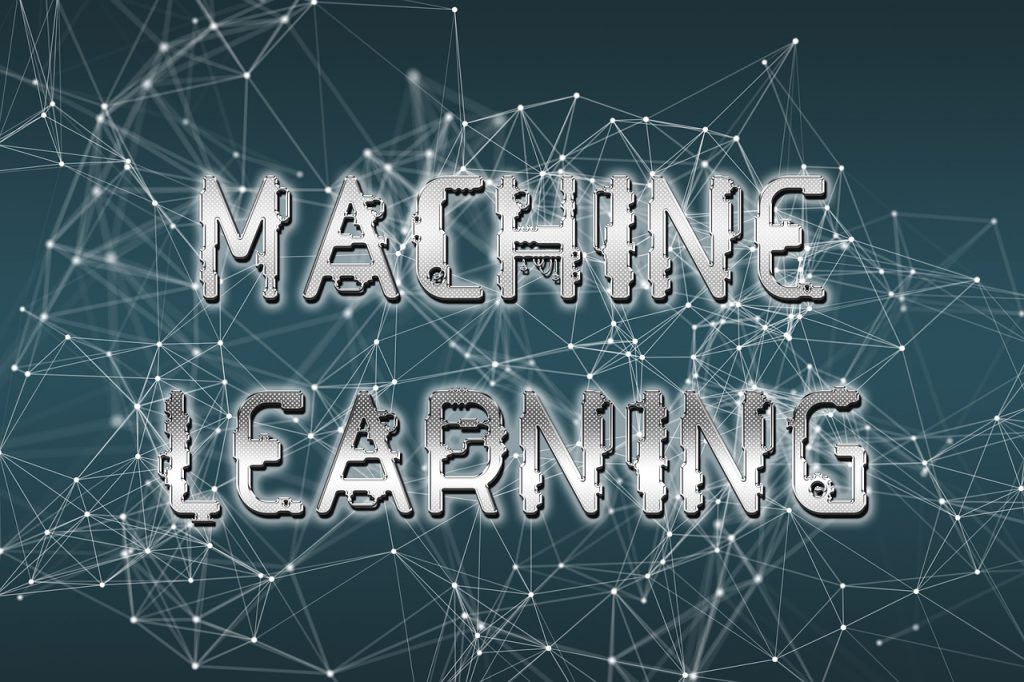We know that we as human beings learn a lot of things from our past experiences. We use this acquired knowledge from our past experiences to make better life decisions.
What if we can train the machine as well to learn from their past experiences?
Yes. We can do this with the help of Machine Learning!
The concept of “Machine Learning” first comes into existence in the year 1959 when a computer scientist named Arthur Lee Samuel has built the first of its kind Self-learning system that is capable of playing checkers. He observed that the more his system played, the more it performs better by learning from past experiences.

With the advancements in the field of technology, many new innovators have come up with a lot of new enhancements in the machine learning model and started applying this model to solve real-life issues to make our life better more comfortable.
Let’s talk about the concept of Machine Learning(ML)
What Do you Mean by Machine Learning(ML)?
Machine learning is defined as a subset of the Artificial Intelligence(AI) which provides the computer systems with the ability to self-learn by feeding them with the necessary data and information so that they can improve based on the past experiences without being explicitly programmed.
Machine learning uses special types of algorithms to mimic human learning in computer systems. If you notice an improvement in the performance of a computer program in performing a certain task based on its past experience then you can say that the computer is self-learning and improving itself.
Let’s understand it with an example. For example, you have asked Amazon Alexa to play a song track of Kishore Kumar, whenever you ask something to Alexa, a powerful speech recognition system kicks off and it converts the audio received into your side into the binary form which is then decoded with the help of machine learning and neural network and is sent to the Amazon Alexa server for the processing, after that the neural language algorithms are initiated to understand the user’s intent after it understands the user intent then you will get the desired result.

Thus, In this way the whole machine learning works. In the example as soon as the data of the Song track of Kishore Kumar comes in the machines immediately start analyzing the data and learn it. It matches the received data with past user data of songs that he has listened to and makes predictions and decisions based on past data.
What are the Various Types of Categories of Machine learning?
There are basically 4 types of Machine Learning categories such as – Supervised Learning, Unsupervised Learning, Semi-Supervised Learning, and Reinforcement Learning.
Before we start reading about the machine learning categories, let’s first talk about the most important terms which you need to be aware of :
There are two types of data- labeled data & unlabelled data
1. Labeled Data- The data is labeled with a corresponding value. For example, An image of Parrot with the Text “Parrot” is considered as labeled data.
2. Unlabeled Data- The data which is not labeled with any type of corresponding value. For example, An image of Parrot without any kind of text is termed as unlabeled data.
Now Let’s talk about the various machine learning categories as mentioned down below:
Supervised Learning
In this type of machine learning, the algorithms are trained with the help of labeled training data set in which the inputs are paired with the corresponding correct outputs. During the training process of the algorithm, it will search for the patterns in the data that will easily correlate with the desired outputs.
After the training of the algorithm gets completed for all the input training datasets, whenever a new unseen data is fed in the system it will be able to determine which label the new inputs will be classified as based on the knowledge of prior labeled training data set.
The learning process is monitored closely and the algorithms are modified each time to optimize its results. The algorithm is trained over the labeled data set over and over again until it achieves an acceptable level of performance.
Unsupervised Learning
It is defined as the type of machine learning model in which the machine learning algorithm is fed with the unlabelled dataset as input data with unknown output data. Thus, allowing the algorithm to work on its own on the received information without any kind of guidance or supervision.
In unsupervised learning, the ML algorithm groups together a set of unsorted information on the basis of their similarities, differences, and patterns without any prior training of the data set. The algorithm learns by itself and discovers a good structure in the data set.
Semi-Supervised Learning
In this type of learning the ML, the algorithm is trained with a minimal amount of labeled data and a large amount of the unlabelled data.
There are two major steps of Semi-supervised learning
1. In the first step, With the help of using an unsupervised machine learning model the similar data gets clustered.
2. In the second step, the unlabelled data is labeled on the basis of the characteristics of the available limited data set.
3. After labeling the complete data set, the supervised algorithm is used to solve the problem.
This type of learning model is used when the acquired labeled data needs relevant Skilled resources in order to train it.
For Example, this approach is very useful for the task of Image Classification which involves a large number of datasets. It is a very cost-effective approach and is very helpful for businesses that receive large amounts of data on a regular basis.
Reinforcement Learning
This approach is used to train the ML algorithm to make a set of decisions on the basis of the “Rewards” and “Feedback” which they receive for completing their action. With the help of this approach, the best possible path for any given situation is determined. There is no training data, thus the ML algorithm learns through the Trial & Error method i.e learn from their own mistakes and choose the best possible action to get the maximum reward.
For example, this approach is used in video games & robotics.
What are the Real-life Uses of Machine Learning?

Given below are some of the real-life uses of machine learning:
1. Finding Target Customers
It is very crucial for every business to understand its target customers. With the help of using machine learning, you can learn a lot about your customers.
For Example, You will know about customer behavior, their choices, and common preferences so that you can find your target audience more easily.
2. Fraud Detection
It helps in the detection of fraud. It helps many businesses to strengthen their fraud detection system and helps prevent malicious transactions by examining each transaction.
For Example, PayPal uses a machine learning approach to detect suspicious transactions and separate them from the legitimate ones
3. In the Healthcare Industry
Machine learning helps the medical experts by helping them to analyze the real-time health data which it collects from the patient’s wearable devices to detect any kind of red flags so that it will help the medical experts to improve their treatment methods.
4. Website Recommendation
The machine learning model is used by many shopping websites so that they will be able to capture user data, analyze it and provide recommended items based on the user’s past behavior and personalizing a better shopping experience.
5. Automatic Speech Recognition System
Machine learning is used in automatic speech recognition systems that authenticate the users based on their voice and carry out certain specified tasks based on the received voice input. The ML algorithms are trained with speech patterns & vocabulary for the automatic speech recognition system which is used in home automation, medical assistance, and industrial robotics, etc.
Conclusion
Thus, In this blog, we have read about machine learning, its various types of categories, its uses in real lives, and its overall importance. Machine learning is a rapidly growing subset of Artificial Intelligence which is improving day to day with new technological enhancements. The future of machine learning is very bright and it has a lot of potential in making our lives better.
 4278
4278

